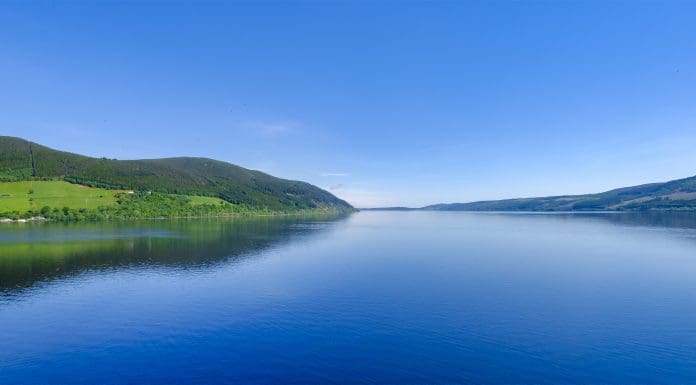GEE’s Loch Ness pumped hydro project could reduce the carbon footprint of the energy grid by 10% and save £2bn in electricity grid running costs
Glen Earrach Energy‘s (GEE) planned 2GW pumped hydro energy storage facility (PHES) is situated at the Balmacaan Estate in Scotland, next to Loch Ness.
Plans have been submitted to the Scottish Government’s energy consents unit, in tandem with Aecom, Alpiq, Frontier Economics and LCP-Delta.
A cheap form of long-term energy storage
GEE claimed that pumped storage hydro is “proven to be the cheapest form of long-duration electricty storage”, with the “lowest carbon footprint among long-duration energy storage options.”
In 2023, gas-powered generators provided 31.3% or 87TWh of the electricity to the UK’s electricity transmission system. PHES provided 0.2% or 2TWh, by comparison.
The biggest pumped hydro-electric project currently approved is SSE Renewables’ £1.5bn and 1.5GW Coire Glas at Loch Lochy in the Great Glen in the Scottish Highlands.
GEE’s claims about the Loch Ness pumped hydro project include:
Using “water more efficiently than any existing or proposed pumped storage project in the UK”
That it would be “bigger than any other proposal or existing facility on Loch Ness in terms of size and power generation capacity”
The project would “reduce the carbon footprint of the energy grid by 10% and save £2bn in electricity grid running costs”
That the project would create a minimum of 600 onsite jobs, “plus many thousands more locally in the supply chain”.
The water use efficiency claim comes from the 480m height difference between the proposed upper and lower reservoirs, which would maximise power generation while minimising impact on the Loch Ness water levels.
Securing Scotland’s energy security
GEE director Roderick MacLeod said: “Scotland is a leader in wind power, but the wind doesn’t always blow when we need the energy most.
“That’s when pumped storage hydro comes in. It is like a giant water battery, storing excess wind power when it’s plentiful and releasing it when the wind dies down.
“International experts have identified Glen Earrach Energy’s pumped storage hydro project as the most efficient in the UK, possibly even Europe. It will be needed to help Britain get to net zero.
“We deeply care about the Balmacaan Estate and are committed to engaging with the local community, businesses, and government. We’re actively seeking their views on how to maximise the project’s positive impact on the area.
“Globally, pumped storage has relied on government support. The UK government’s proposed income floor is a step in the right direction, which Glen Earrach Energy supports.
“We believe the government should prioritise projects proven to be the most efficient, cost-effective and sustainable, rather than those with planning [permission]. That way they should be self-financing and in theory never have to draw on government support”.
The post Proposed Loch Ness pumped hydro project could save £2bn in electricity grid running costs appeared first on Planning, Building & Construction Today.


